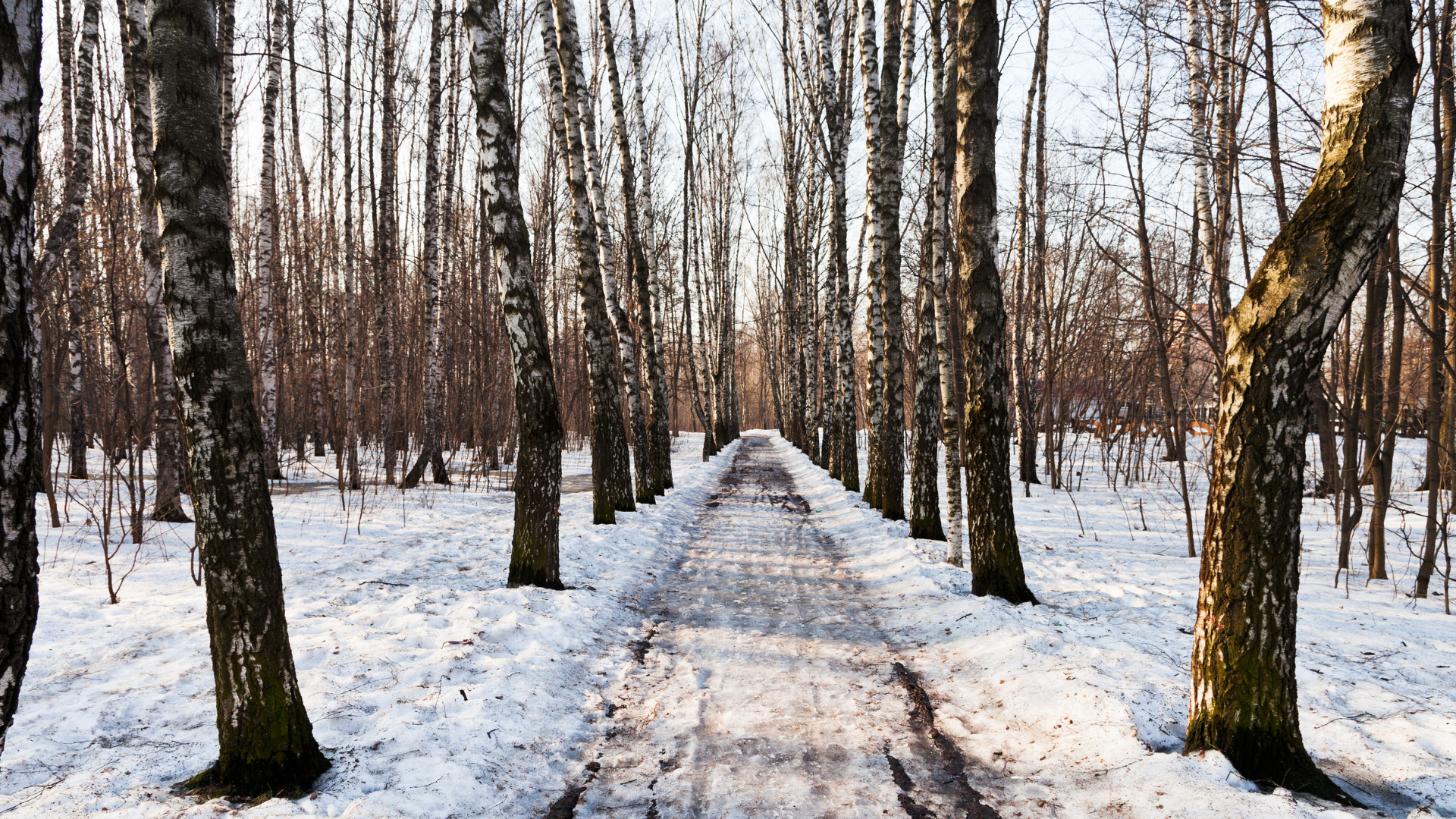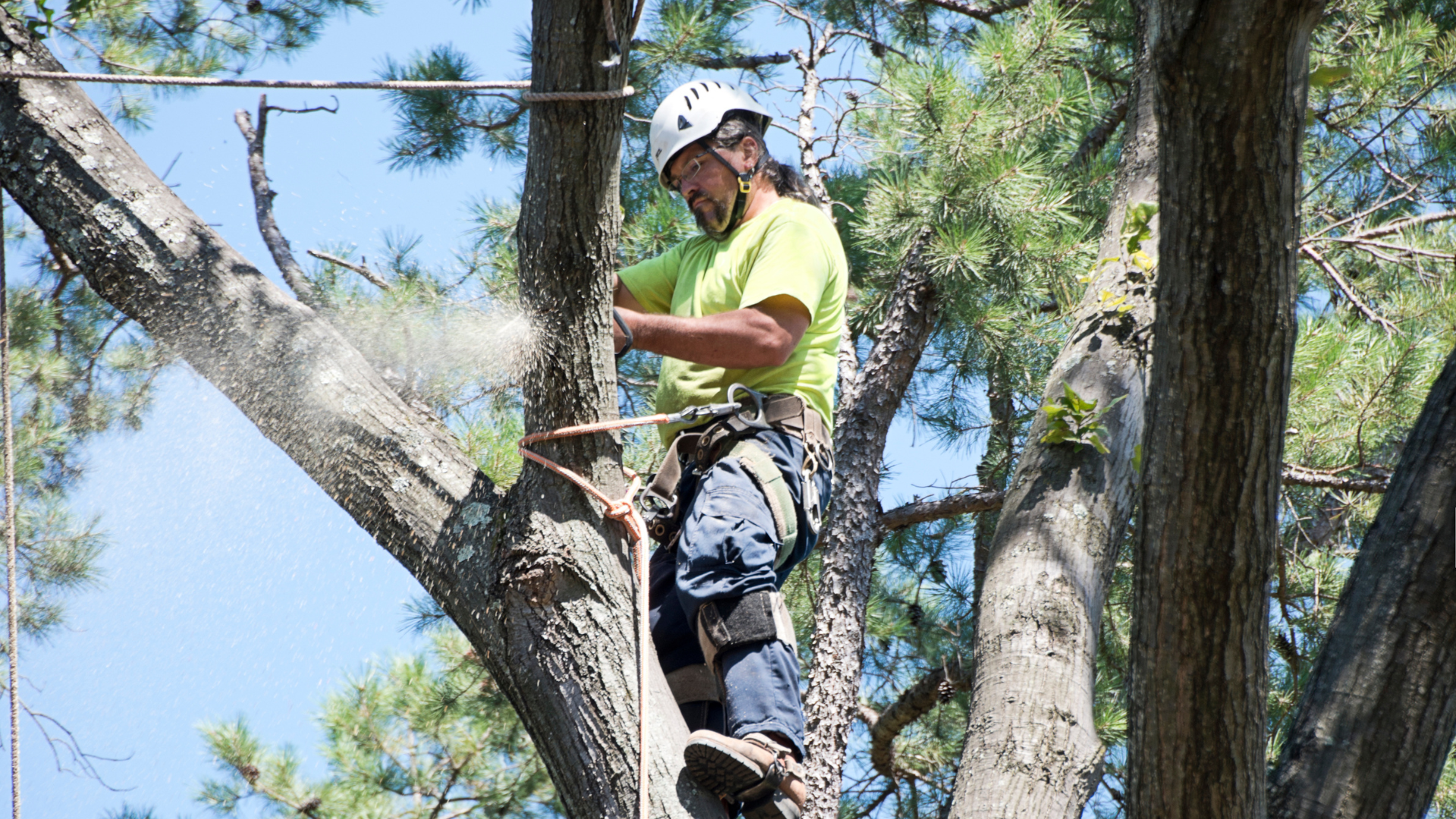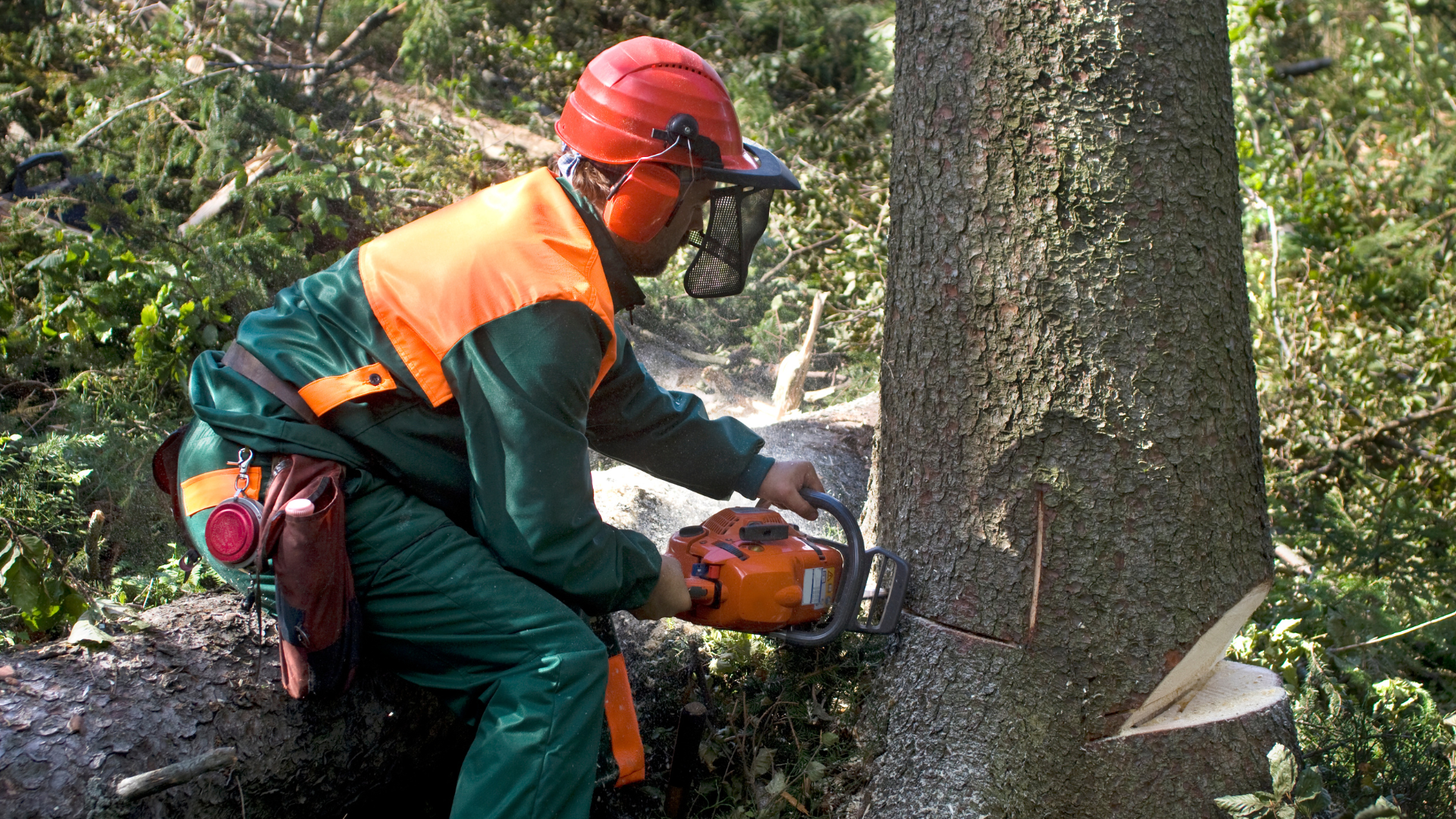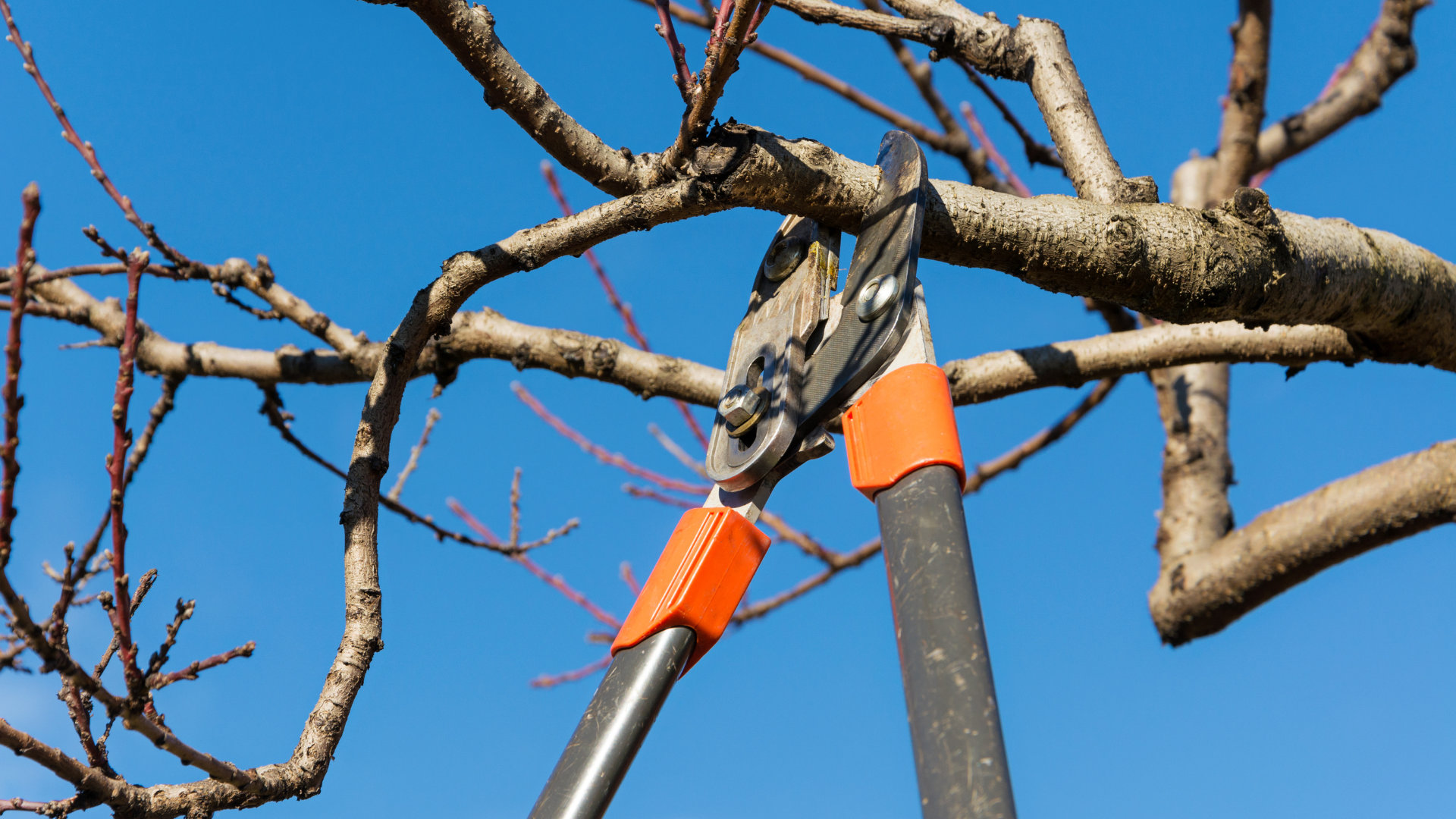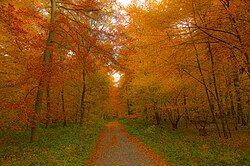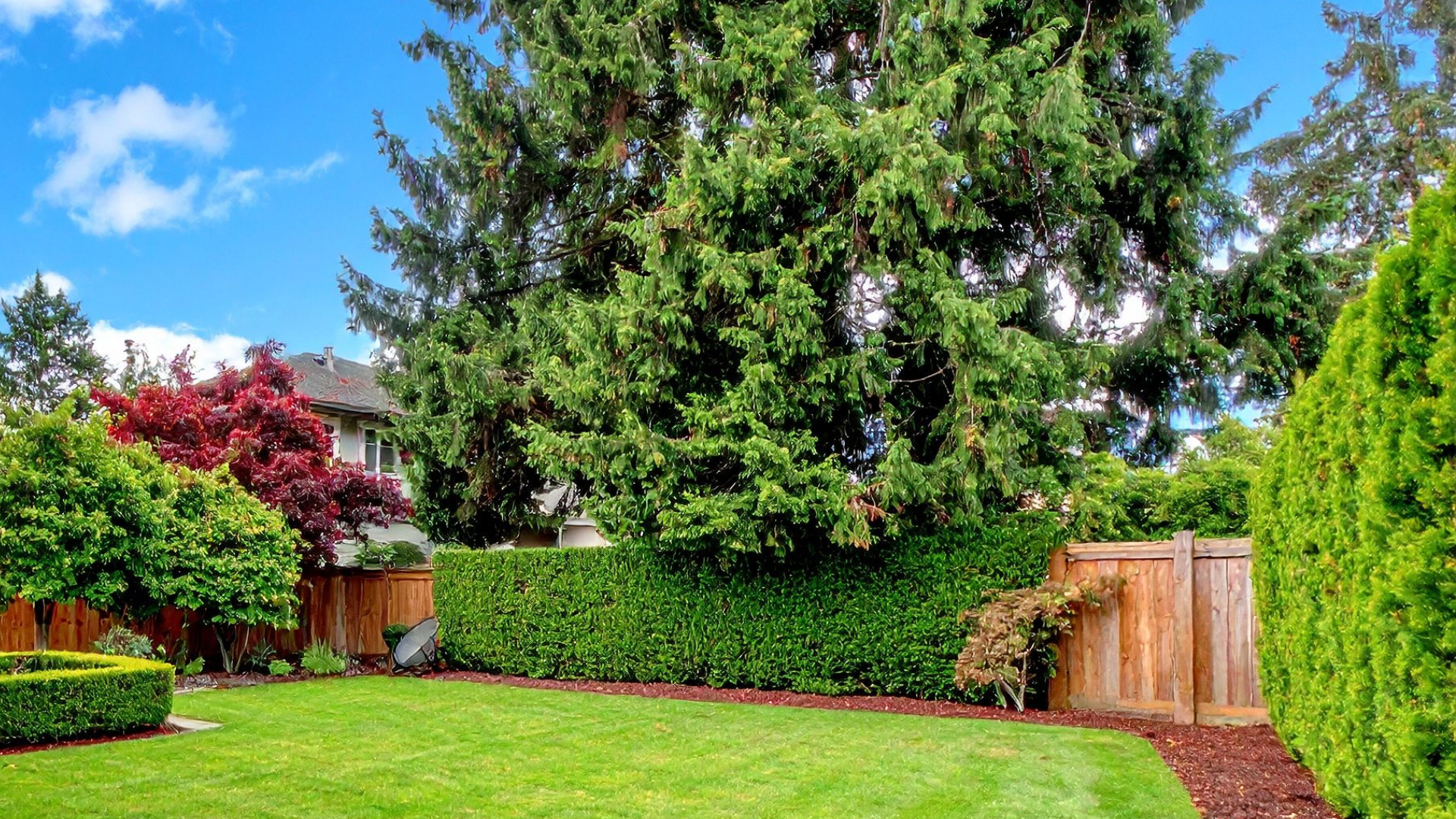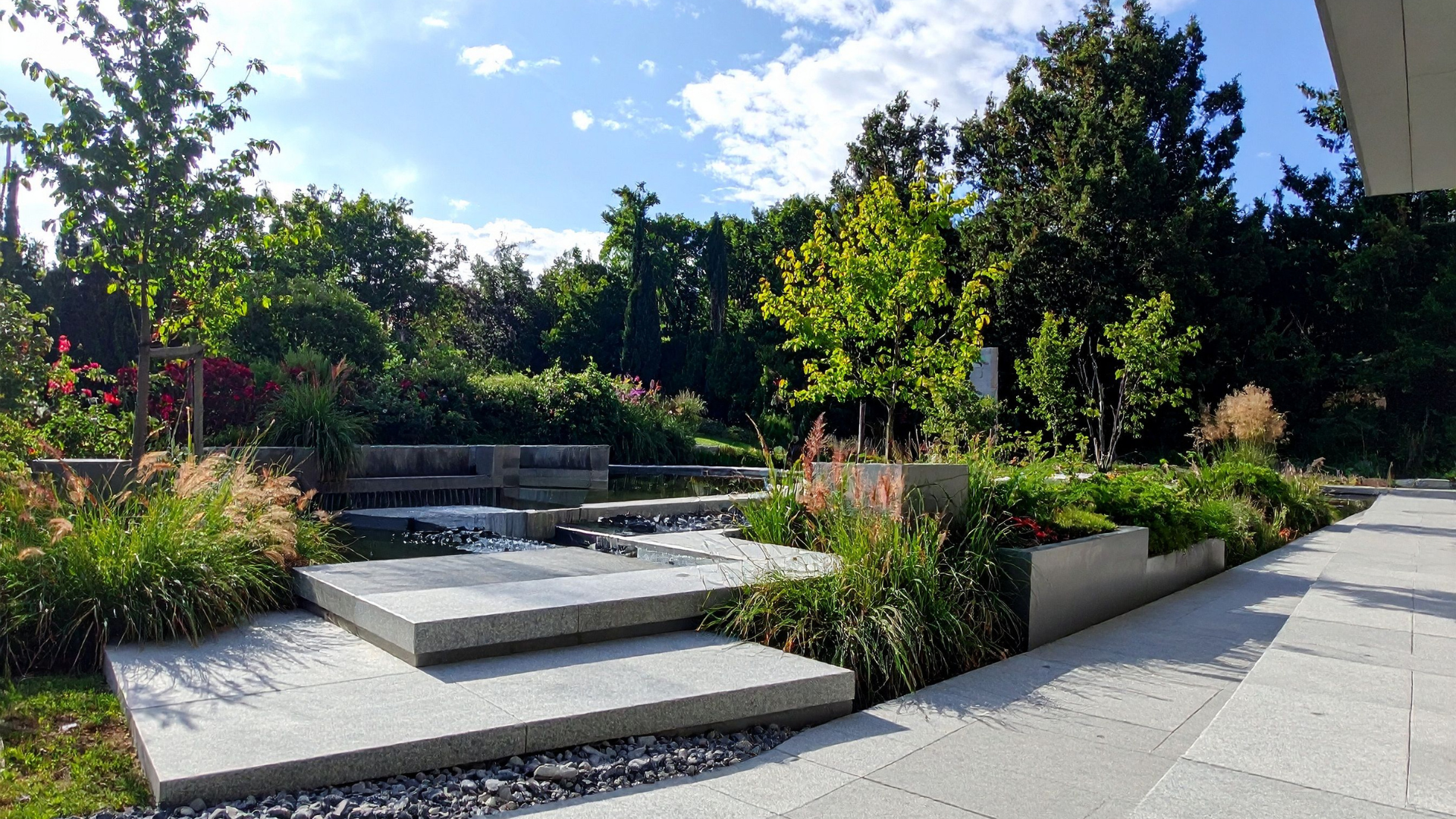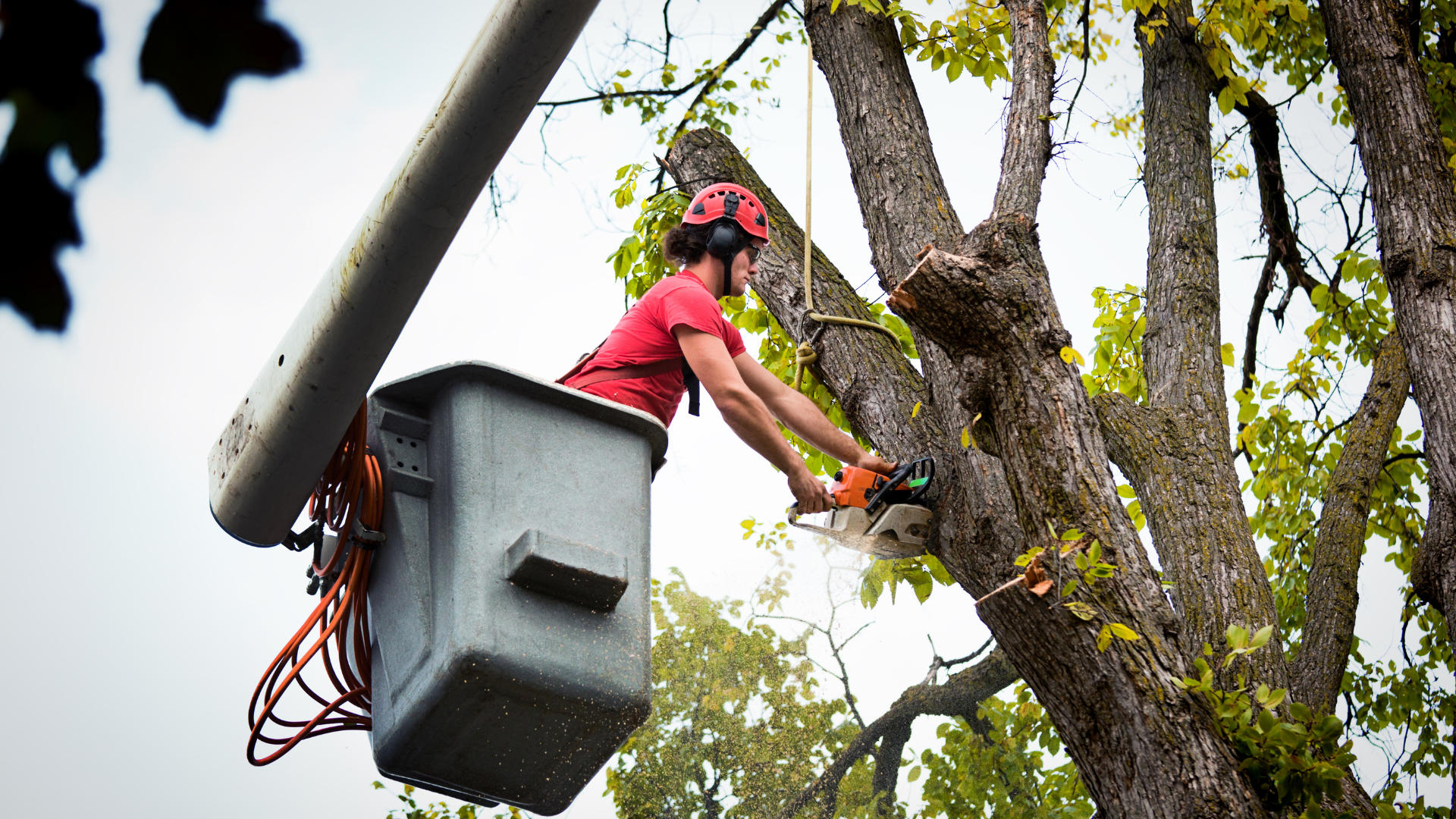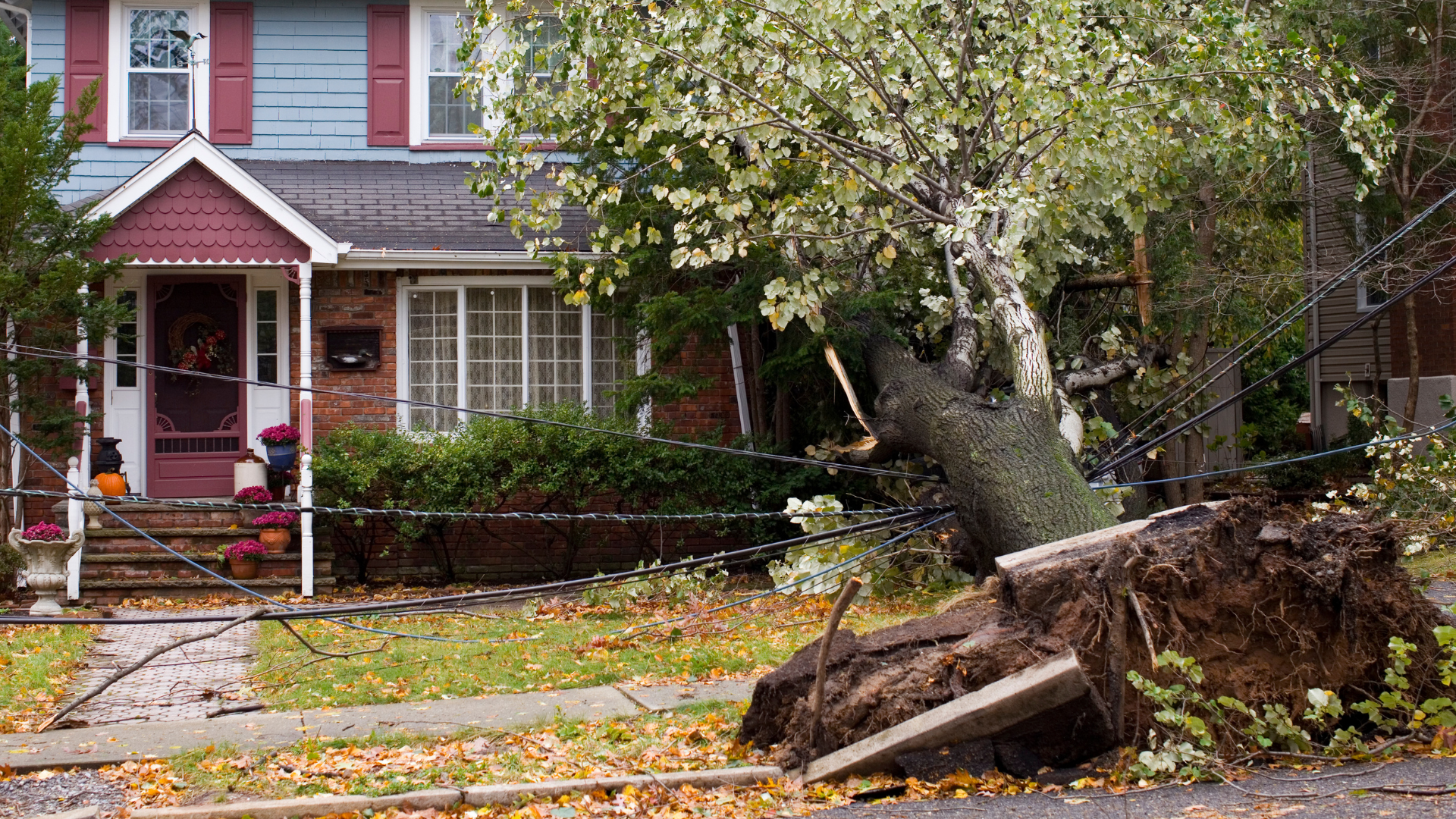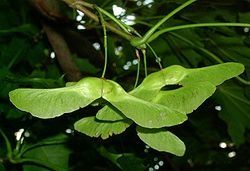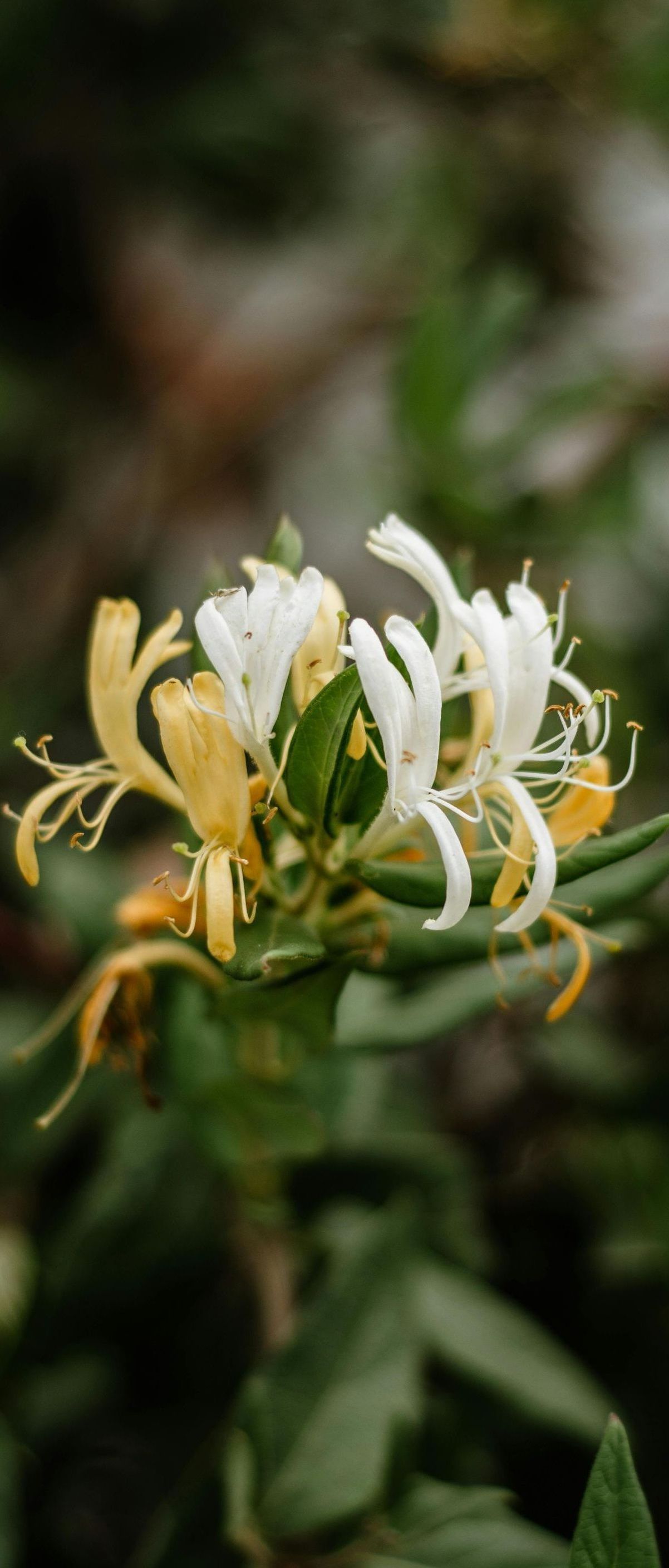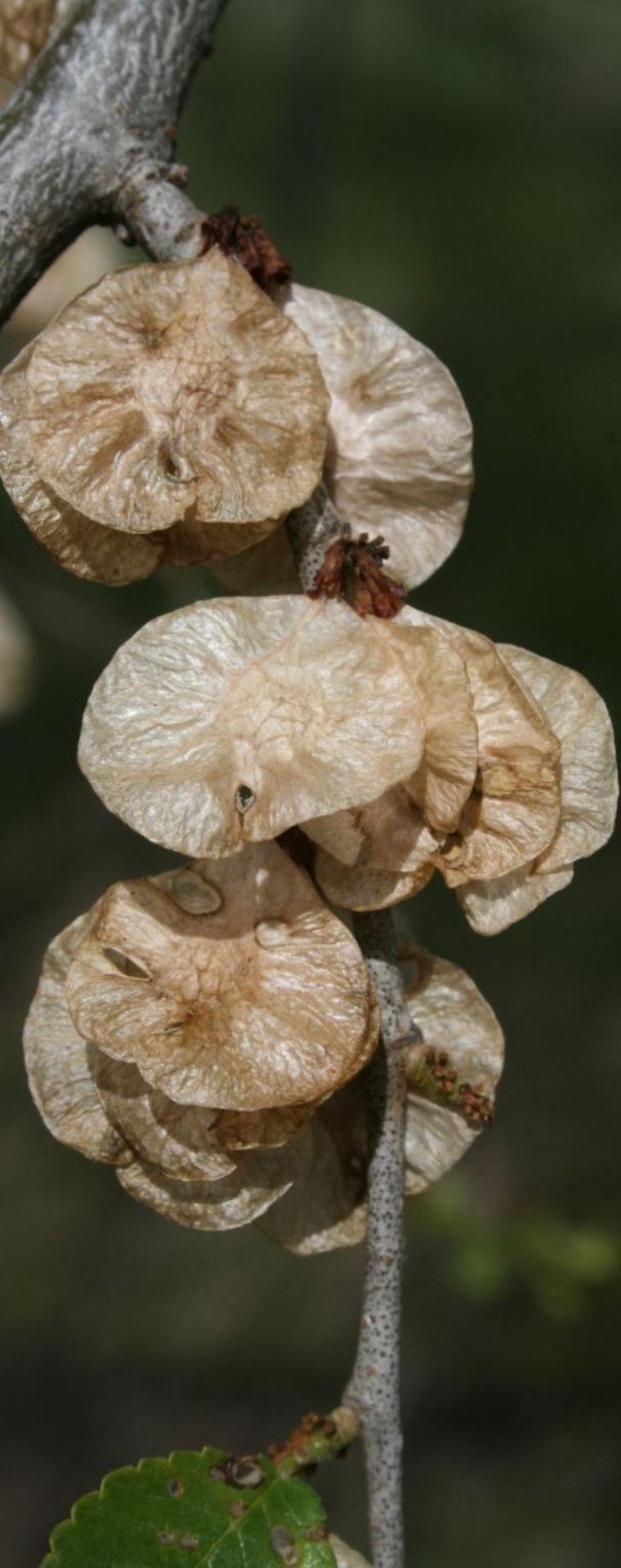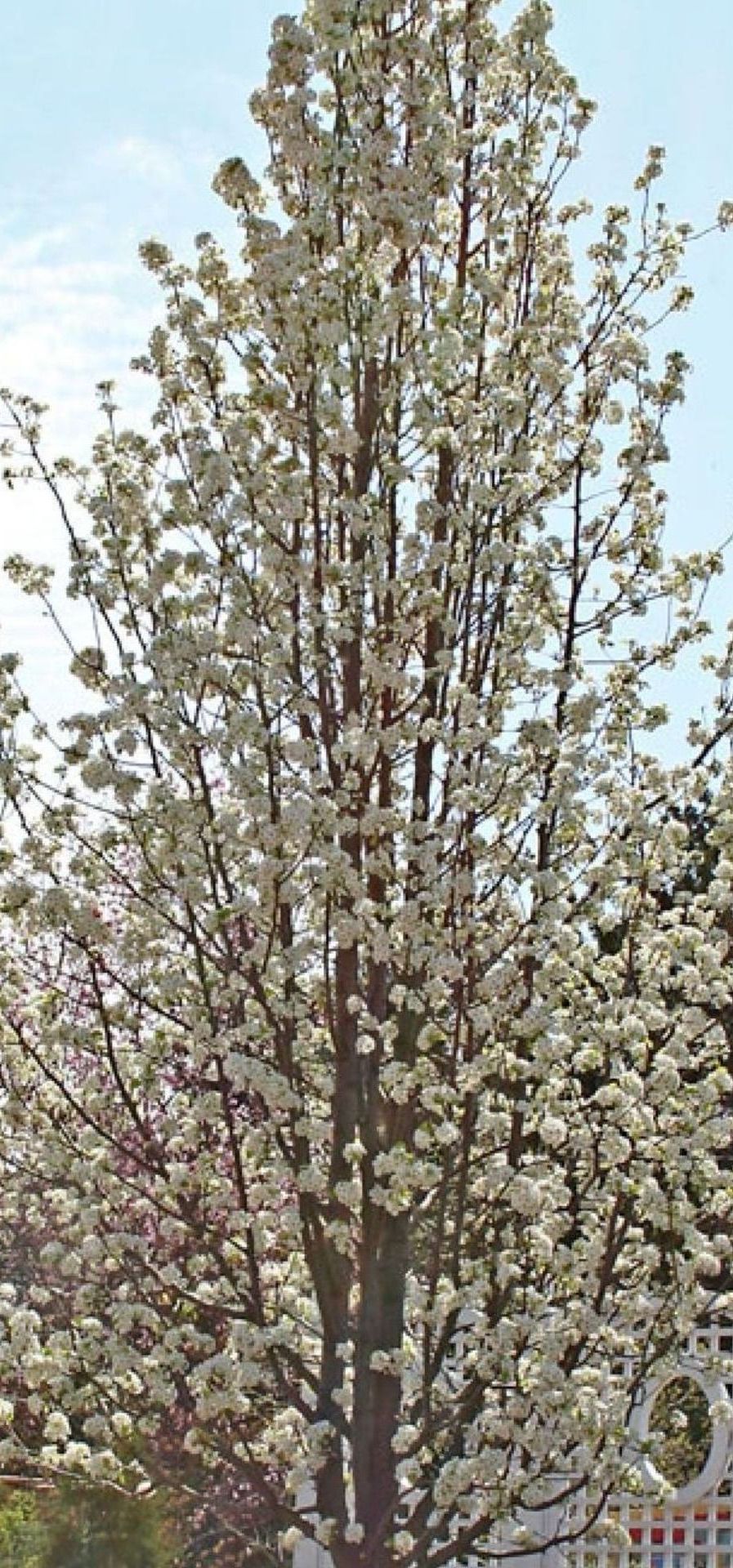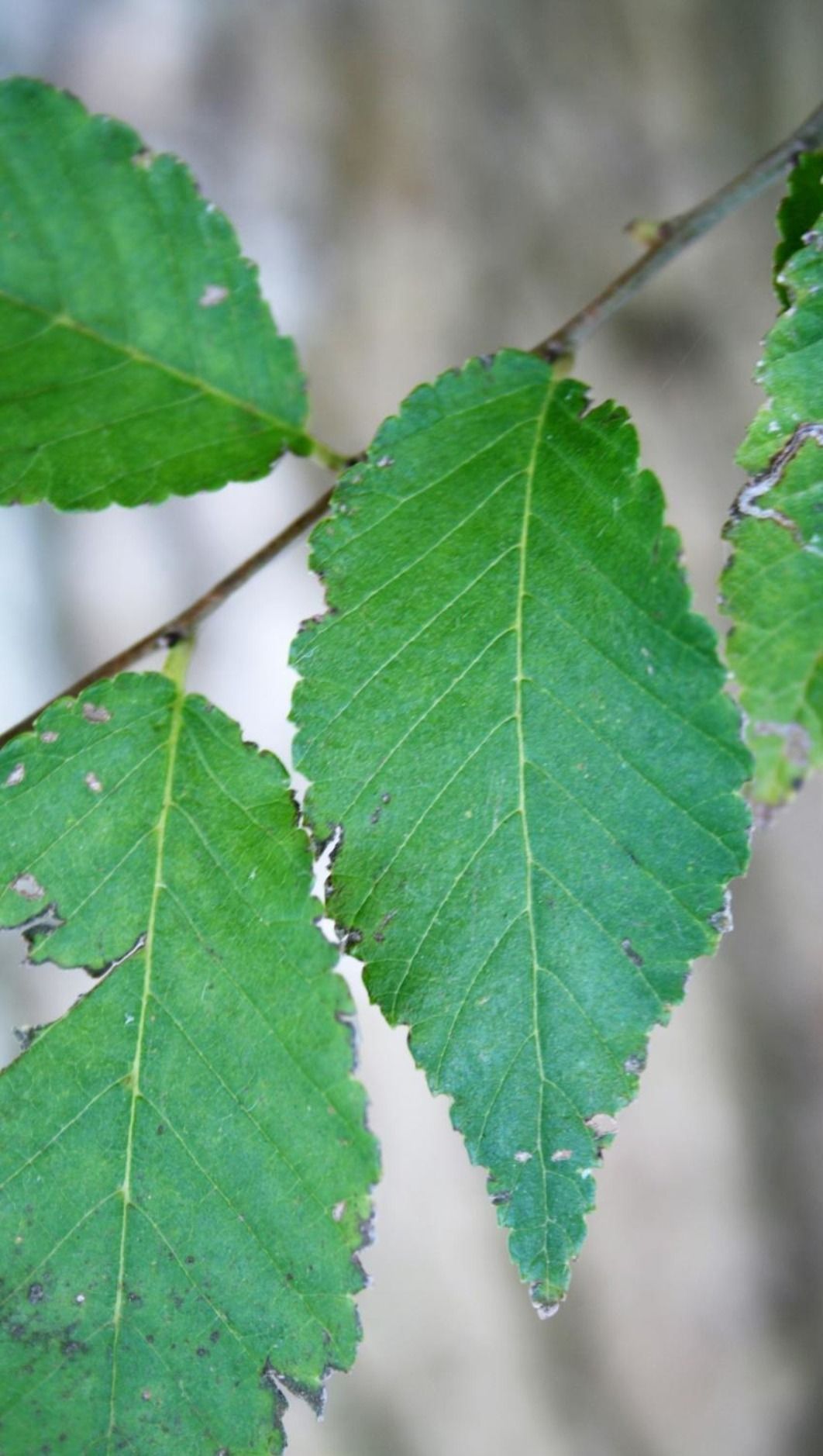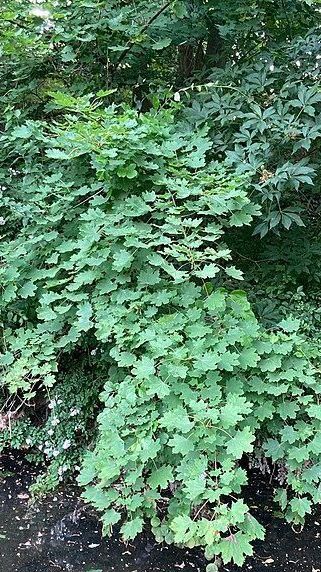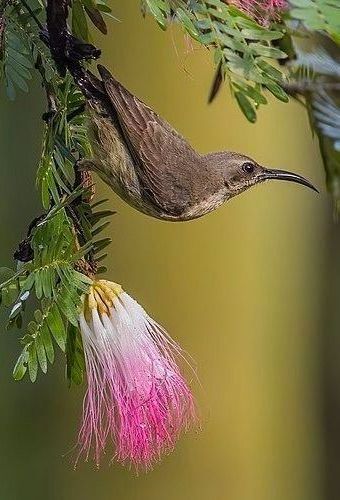How Invasive Plant Species Threaten Native Midwest Forests
Protecting the Midwest Landscape
The trees that define the Midwest landscape (oaks, maples, elms, and more) are essential to the health of local ecosystems. They provide shade, support wildlife, and help maintain soil and air quality. But these natural systems are increasingly threatened by invasive plant species that crowd out native growth and disrupt the balance of the environment.
Unlike native species, invasive plants are introduced from outside ecosystems and tend to grow rapidly, reproduce aggressively, and outcompete native plants for resources. Without natural predators or environmental checks, these plants spread quickly and can overtake entire landscapes if left unmanaged.
At Midwest Tree Surgeons, we help property owners and land managers identify and remove these harmful species before they do lasting damage. Understanding the problem is the first step toward protecting your trees and your land.
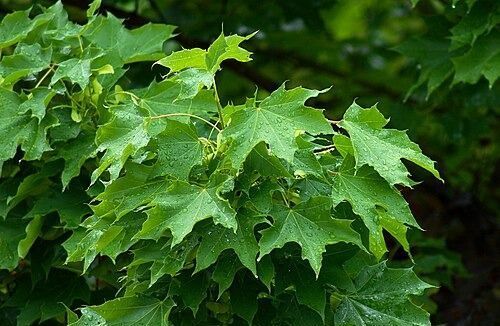
What Qualifies as an Invasive Plant?
Invasive plant species are those that are not native to the region and cause ecological or economic harm. These plants often outgrow native species by taking up sunlight, water, and nutrients more efficiently. They may also change the chemistry of the soil, making it harder for native species to grow in the future.
Invasive species are usually introduced by human activity, either through landscaping, agriculture, or accidental transport. Once they are established, they are difficult to remove without professional intervention.
Common Invasive Plants in the Midwest
Tree of Heaven (Ailanthus altissima)
Originally brought to the United States
from China in the 1700s, this tree grows extremely fast and produces chemicals that inhibit the growth of other plants. It is commonly found in urban and suburban areas and can cause structural damage to pavement and foundations due to its aggressive root system.
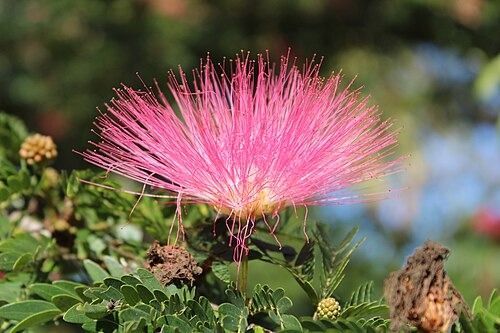
Callery Pear (Pyrus calleryana)
Often used in ornamental landscaping, this species can quickly spread beyond the garden and into forests, forming dense thickets that crowd out native trees. It is known for its weak branches and tendency to break in storms.
Siberian Elm (Ulmus pumila)
Introduced as a hardy alternative to native elms, the Siberian elm now invades open spaces and displaces native vegetation. It is brittle, short-lived, and often serves as a host for pests and disease.
Norway Maple (Acer platanoides)
While it looks similar to native maples, this species creates heavy shade and has a shallow root system that makes it hard for anything to grow beneath it. It has become a
serious competitor to native sugar maples in urban and suburban areas.
Honeysuckle (Lonicera morrowii)
Invasive species of honey suckle, particularly Amur and Morrow’s Honeysuckle, are incredibly destructive to local ecosystems as they outcompete native plant species. Not only does this displacement affect plants, but also decreases the available food sources for local wildlife that depend on tree nuts and fruit for their survival.
Mimosa Tree (Albizia julibrissin)
While beautiful when blooming, Mimosa trees pose a significant threat to local plant species. Not only is their seed production and dispersal prolific, they can also sprout from roots through a process called suckering. This creates dense thickets of mimosa trees in previously niche habitats, shading out and killing native species of tree.
Why Invasive Plants Are a Problem
Invasive Plants can cause a wide range of problems for homeowners, municipalities, and ecosystems:
- Reduced biodiversity: Invasive Plants displace native plants that support local wildlife, disrupting food chains and nesting habitats.
- Property damage: Aggressive root systems can damage sidewalks, foundations, and underground utilities.
- Increased fire risk: Some invasive species increase fuel loads in forested areas, making wildfires more intense and difficult to control.
- Long-term cost: The longer invasive plants are allowed to spread, the more expensive and difficult removal becomes.

How to Address the Issue
The most effective approach to managing invasive plants is early detection and professional removal. At Midwest Tree Surgeons, we offer on-site assessments to identify invasive growth and provide safe, efficient removal services tailored to each property.
Simply cutting down an invasive plant is often not enough. Many species resprout quickly or spread through underground root systems. Proper stump grinding, herbicide application, and ongoing monitoring are essential for successful control.
In some cases, we also recommend replanting native trees that will thrive in your soil and climate while supporting the local ecosystem.
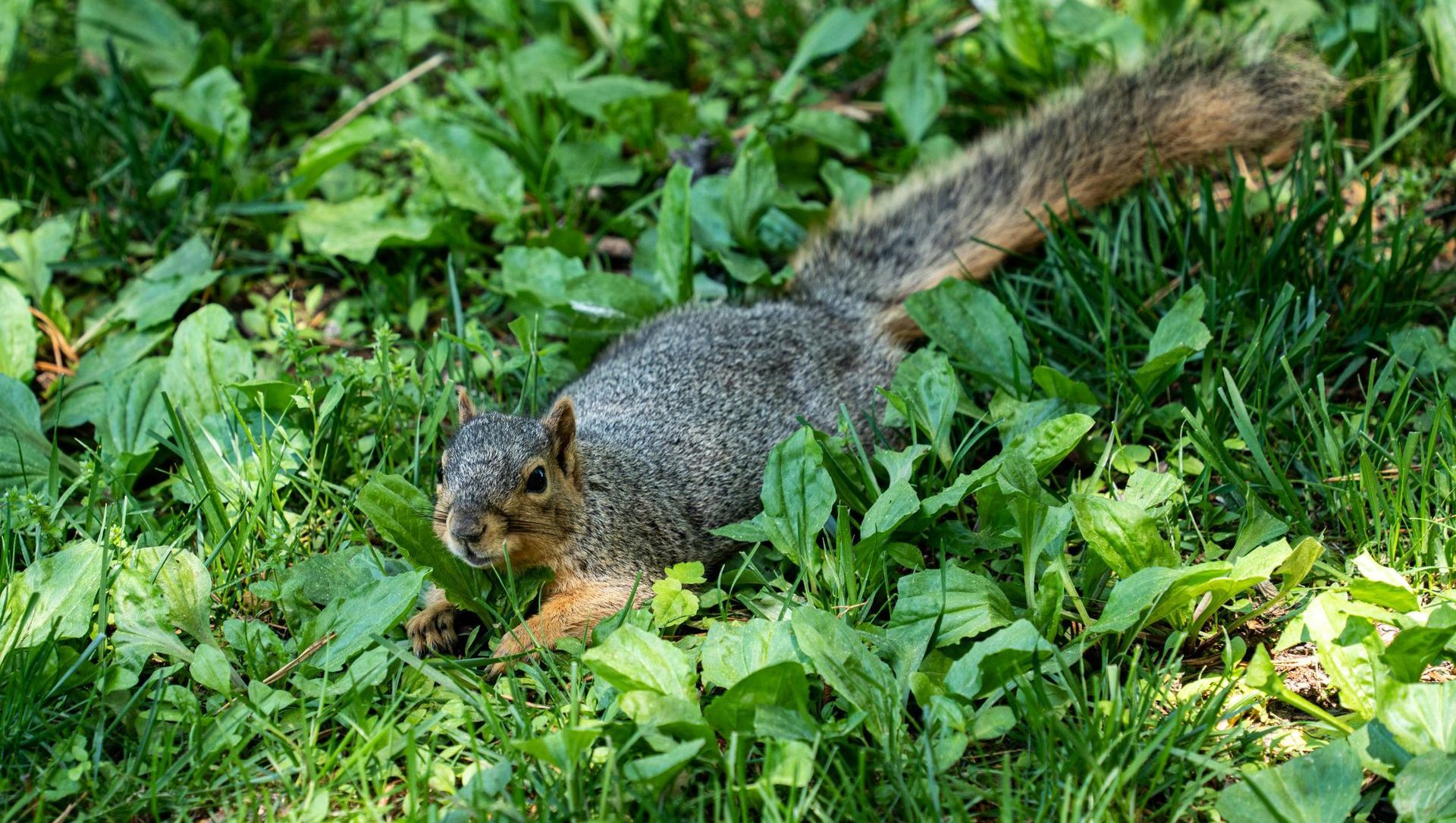
Protecting Your Property and the Environment
Invasive plant species are more than a landscaping nuisance. They pose a serious threat to the health and sustainability of Midwest forests. Whether you manage a large rural property or a single residential lot, taking action to remove invasive plants is a step toward protecting your investment and your environment.
If you suspect that your property may be home to an invasive species, contact Midwest Tree Surgeons for an expert evaluation. We are committed to preserving the Midwest’s natural beauty, one tree at a time.
